Executive Director, The Mori Memorial Foundation
Future Entertainment
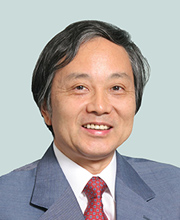
Executive Director, The Mori Memorial Foundation
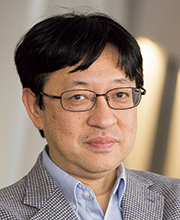

the University of Tokyo, Graduate School of Information Science and Technology
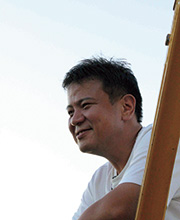
Sasaki Architects and Associates
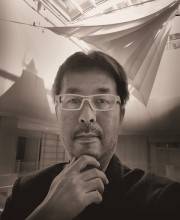
Technological Business Development Division, Obayashi Corporation
Future Entertainment
Why, where, and how will people be entertained? -Designing outdoor spaces reformed through technology and biodiversity-
What is entertainment?
Ichikawa
As the digitalization of our society continues to progress, we can assume that entertainment will also take on a different shape or form. In light of this, I would like our discussion to focus on what kind of possibilities exist for urban entertainment in the future. However, I would first like to hear how everybody defines entertainment.
Hirose
It depends on what kind of significance you attach to entertainment. The act of enjoying yourself could actually be your work, your day-to-day life, or maybe it is mobility. However, I think it can be divided into two broad categories. One pertains to the desire to enjoy something extraordinary, while the other encompasses entertainment dotted throughout one’s daily routine.
Kitano
My feeling is that anything that is stimulating or inspiring is entertainment. Therefore, even though you may be working, you might not really know if it is work or entertainment. On the other hand, if you go to the cinema and end up watching a boring movie, you couldn’t label that entertainment.
Sasaki
Entertainment involves those who produce it and those who watch. In other words, I think entertainment is a notion of how people interact with each other and what can be generated through such interaction.
Kasai
Entertainment brings people together. People are drawn to nice places, or to where there is good food or fun times.
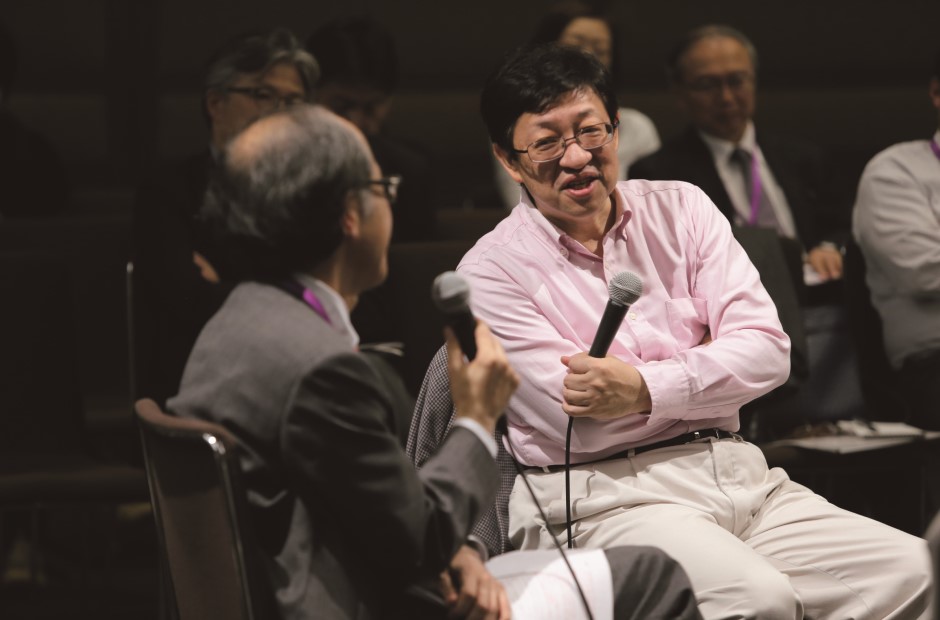
Fusion of real and virtual worlds
Ichikawa
Let us consider home video game consoles as an example. They were basic at first, with games like Pong in the 1970s, and then they appeared on family computers with much better graphics in the 1980s. In more recent times, we have seen the emergence of smartphones and the rise of social network games, while this year, the fusion of real urban spaces and the virtual game world was realized with augmented reality (AR) technology.
Hirose
Right now we have people who develop games and those who enjoy playing them, but thanks to the power of the Internet, we might soon see the same person making a game and playing it.
Kitano
In the sense that interacting is addictive, social networks like Facebook and Twitter could also be viewed as games. This means that the real world is a gamer’s world, rather than the one he or she creates.
Sasaki
Entertainment and scale are key concepts. Display screens inside the home continue to increase in size, while those being carried around are getting smaller. Therefore, having a sense of scale that connects oneself to the real world as well as understanding the relationship between body and space will prove useful in designing buildings.
An immersive feeling of living in time and space
Ichikawa
Looking back on the history of cinema, silent films appeared in the 1890s, “talkies” in the 1920s, and then color motion pictures in the 1930s. Computer graphics came to the fore in the 1990s, which gave movies so many more avenues of representation. And now in the 21st century we have 3D and even 4D, which gives moviegoers a more realistic experience. In this way, movies, as a form of entertainment, have seen many transformations over the years.
Hirose
With the addition of the interactive element in how people enjoy themselves today, there is no doubt that the movie industry too would feel compelled to respond to this trend, but I get the feeling that movies as they are now will unlikely change much more. If this is the case, then we should start thinking about how to enjoy movies in new, different ways, such as skillfully migrating movie content into virtual reality (VR) or adding various devices so that viewers can enjoy the world view presented in movies on an urban scale.
>Sasaki
Recently an event called Happy Outdoor Theater was held in the city of Tsuruoka in Yamagata Prefecture. The street was cordoned off and people sat on artificial grass to watch “Jurassic Park.” Water was sprayed over everyone during the scenes in the movie where it was raining, polystyrene foam was thrown about for similar scenes in the movie, and even a model Pteranodon was made and flown over the crowd on the end of a bamboo pole. Naturally, the kids loved it and memories of that kind of entertainment will stay with them for a long time. Watching the same movie at the cinema or at home would unlikely leave such an impression. What is different here is the sense of belonging to a group, the feeling of immersion in a special time and place, as well as the feeling one gets when watching a live show.
Kasai
The worldview of movies and games can be brought into buildings unchanged, and the building itself can become the setting for a movie or space for a game. If we make use of buildings in the same way music is used in a movie, i.e., by switching them on a regular basis, it opens the door to many new possibilities.
The spread of entertainment space
Ichikawa
The traditional commercial spaces of shopping centers too are increasingly becoming spaces for entertainment.
Kasai
At the Oasis 21 facility, which opened in 2002 in Nagoya, a bus terminal and commercial space was constructed underneath a public city park. People can rest and have something to eat in the underground shopping arcade or plaza before heading off somewhere else.
Kitano
It is great that interesting buildings, architecture, and spaces can be joined together on a grand scale. For instance, Marina Bay Sands in Singapore and the Fullerton area across the harbor are quite interesting.
Sasaki
Where Japan’s buildings are currently lacking is how they interact with the city. Many elements of entertainment do exist in people’s homes, but they are invisible to the community. If each individual does something interesting and it can be visible to the community, then the city as a whole can become much more connected.
Hirose
Public art exhibitions have been held at Haneda Airport in the past. An airport is usually a place where people simply pass through, but more people will gather if something new of added value is provided in such space.
The future of entertainment in the city
Ichikawa
What kind of future lies in store for urban spaces from the viewpoint of entertainment?
Kasai
Creating a lively atmosphere in public spaces is crucial. Tokyo’s public spaces are occupied mostly by vehicles, and the only spaces left are on the waterfront. London, Paris, and New York all have bustling waterfront areas. Tokyo’s waterfront areas still hold much potential.
Hirose
Many answers to this question can be obtained if we fuse together the virtual and real worlds. It is quite hard to get rid of buildings once they have already been built, but if they can become instruments and embedded into urban spaces, then I think we can create exciting multi-layered spaces.
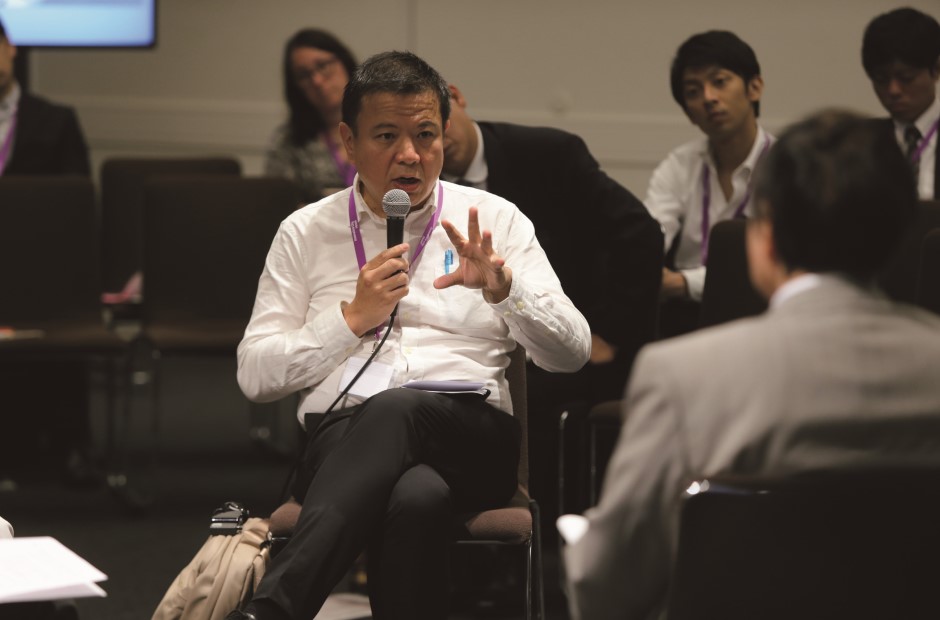
Kitano
Tokyo’s waterways span a considerable area. Spaces that offer a new level of added value can be created if the city’s waterfront areas are redeveloped.
Hirose
In today’s ageing society, the post-retirement period for many people may be getting longer. Considering this, the role of entertainment in the city is very important.
Sasaki
Some people are consumers, others make statements, while some are productive. Without generalizing them all into one bracket, I think highly accurate designs can be drawn up if we examine what kind of people go to certain places and what they do there.
Kitano
Ensuring a lot of diversity in those plans is the most interesting thing. What is most interesting, I think, is a city that can enjoy the benefits of various forms of entertainment without an over-reliance on technology.
Ichikawa
While people may well enjoy playing video games at home, or watching movies, and multi-use complexes now offer various fun things to do, what we eventually must ask ourselves is how close can the virtual world actually get to the real one? While the level of virtual reality has increased, how close can it ultimately connect with the real world and how can it change the city? I think this is a key point in what entertainment will look like 20 years from now.